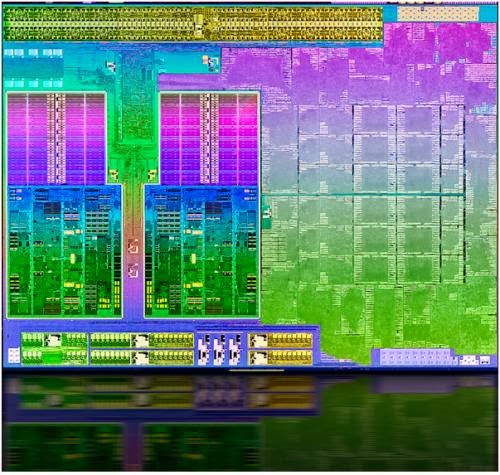California-based semiconductor product company, AMD, has announced goals for very ambitious efficiency gains in its products over the rest of the decade. AMD has already made headway in improving the energy efficiency of its products by more than tenfold during the last six years (2008 to 2014). Now, in a Thursday announcement, AMD revealed the new intent which involves a "25X20" target, namely AMD intends to realize a 25x improvement for their processors over the next six years. "Through APU architectural enhancements and intelligent power efficient techniques, our customers can expect to see us dramatically improve the energy efficiency of our processors during the next several years. Setting a goal to improve the energy efficiency of our processors 25 times by 2020 is a measure of our commitment and confidence in our approach."
APUs refer to Accelerated Processing Units; AMD combines CPU and GPU compute cores and special purpose accelerators such as digital signal processors and video encoders on the same chip in the form of APUs. This innovation from AMD saves energy, said the company, by eliminating connections between discrete chips, reduces computing cycles by treating the CPU and GPU as peers, and enables the seamless shift of computing workloads to the optimal processing component.
The 2020 goal was announced in Dalian, China, on Thursday, at the China International Software and Information Service Fair, running from June 19 to June 22. Mark Papermaster, senior vice president and chief technology officer, referred to an "attending relentless focus on energy efficiency" as part of AMD's business strategy.
One of the focus areas will be on what AMD called intelligent, real-time power management. Idle time is the interval between keystrokes, touch inputs or time reviewing displayed content. Executing tasks as quickly as possible to hasten a return to idle and minimizing the power used at idle is important, said AMD, for managing energy consumption. "The latest AMD APUs perform real-time analysis on the workload and applications, dynamically adjusting clock speed to achieve optimal throughput rates." AMD also offers platform-aware power management where the processor can overclock to quickly get the job done, then drop back into low-power idle mode.
Lastly, AMD will leverage its R&D strengths. "AMD recognized the need for energy efficiency years ago and made the research investments that have since led to high impact features." Going forward, said the company, "differentiating capabilities such as inter-frame power gating, per-part adaptive voltage, voltage islands, further integration of system components, and other techniques still in the development stage should yield accelerated gains."
TIRIAS Research analyst Kevin Krewell, commenting on AMD's paths to pull off the target of 25X20, said, "We believe that AMD will achieve its energy efficiency goal, partially through process improvement but mostly by combining the savings from reducing idle power, the performance boost of heterogeneous system architecture, and through more intelligent power management.

0 comments:
Post a Comment